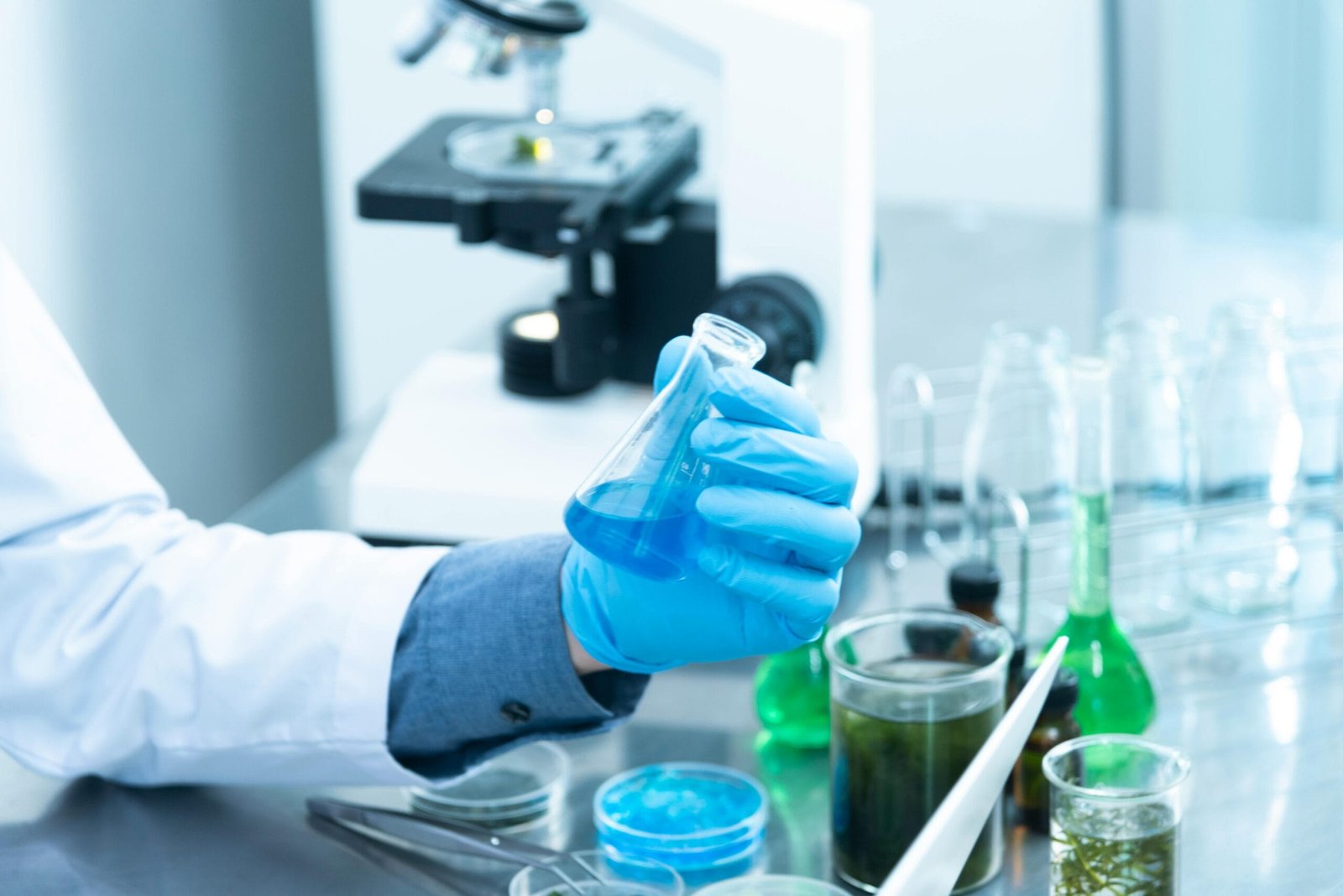Do you ever wonder if a UV filter can really kill biological contaminants? It’s a question worth pondering, especially if you’re concerned about keeping your water supply clean and safe. Using UV filters is an intriguing concept that promises to tackle unseen threats lurking in your water. You might have questions regarding how it works, its effectiveness, and what types of contaminants it targets. In this article, let’s break down everything you need to know about UV filters and their role in managing biological contaminants.

Understanding UV Filtration
To fully grasp whether a UV filter can kill biological contaminants, you first need to understand what UV filtration is. UV, or ultraviolet, filtration is a method that utilizes UV light to disinfect water. Unlike other purification methods, it doesn’t add chemicals or alter the taste of water, making it a popular choice for those seeking a chemical-free purification method.
What Is UV Light?
UV light is a type of electromagnetic radiation that is, in terms of wavelength, situated between visible light and X-rays. It has the power to cause chemical reactions and is very effective in breaking down the DNA of microorganisms, thus making them inert.
| Type of UV Light | Wavelength Range |
|---|---|
| UVA | 320-400 nm |
| UVB | 290-320 nm |
| UVC | 100-290 nm |
Of these, UVC is the one employed in UV filters for its potent germicidal properties.
How Does UV Filtration Work?
UV filtration works by exposing water to UVC light. When water passes through a UV filter, the microorganisms within it are exposed to the light. This process damages their DNA, rendering them unable to replicate and effectively neutralizing potential threats. It’s a straightforward process, making it both efficient and economical.
Effectiveness of UV Filtration
UV filtration is highly effective against a range of biological contaminants, including viruses, bacteria, and protozoans. It’s important to note that while UV filtration can deactivate these microorganisms, it doesn’t remove them from the water. The water remains clear of live contaminations but it requires a good pretreatment process to ensure that dirt and debris are filtered out, which can otherwise block the UV light and reduce effectiveness.
Benefits of Using UV Filters
Using UV filters brings several benefits, especially if you’re looking for a method that is both clean and sustainable. Let’s explore some of the advantages in more detail.
Chemical-Free Solution
One of the most appealing aspects of UV filtration is that it doesn’t require the use of chemicals. Unlike chlorine or other chemical disinfectants, UV light doesn’t add anything extra to your water. This means your water maintains its natural taste and isn’t subjected to any possibly harmful residues.
Environmentally Friendly
Given that UV filtration doesn’t involve harmful chemicals, it’s a more environmentally friendly option. There are no chemical by-products or pollution concerns associated with this method, aligning well with a sustainable lifestyle.
Low Maintenance
UV filters generally require less maintenance than other systems. Once you install the UV equipment, it often only needs the occasional replacement of the UV lamp and periodic cleaning. This simplicity makes it a favorite among homeowners looking for operational ease.
Quick Disinfection Process
The process of exposing water to UV light is remarkably quick. This means you have filtered water almost instantaneously, making it a practical choice for households and businesses alike.
What Are Biological Contaminants?
To appreciate how UV filters affect biological contaminants, you need a clear understanding of what these contaminants are. Biological contaminants in water are organisms that can be harmful to human health. They include bacteria, viruses, protozoans, and algae, among others.
Common Types of Biological Contaminants
| Contaminant | Description |
|---|---|
| Bacteria | Single-celled organisms that can cause various diseases, such as E. coli and Salmonella. |
| Viruses | Smaller than bacteria, they require a host to multiply. Examples include Norovirus and Hepatitis A. |
| Protozoans | Single-celled organisms often found in water, like Giardia and Cryptosporidium. |
| Algae | While often harmless, certain types can produce toxins that contaminate water. |
Health Effects of Biological Contaminants
These contaminants can lead to a range of health problems, from mild gastrointestinal distress to severe infections. For sensitive populations such as children, the elderly, or immunocompromised individuals, exposure might result in more serious complications.
The Role of UV Radiation in Killing Biological Contaminants
You may wonder how exactly UV radiation manages to tackle these biological contaminants. The success lies in the unique properties of UV light, especially UVC.
DNA Disruption
UV radiation primarily works by penetrating the cell walls of microorganisms. It damages their DNA, which is critical for their reproduction and survival. This prevents the organisms from replicating, effectively killing them.
Broad Spectrum of Microorganisms
UV light is versatile and can target a wide spectrum of microorganisms. From the smallest virus to robust bacteria and protozoans, UV filtration is adaptable to confront various biological threats in your water.

Potential Limitations of UV Filters
While UV filters are an excellent choice for disinfecting water, it’s important to note their limitations to make informed decisions.
Non-Removal of Particulate Matter
While UV filters do a phenomenal job of inactivating microorganisms, they don’t remove particulate matter from water. Dirt, sediment, and other non-biological contaminants remain in the water, so a combined system may be necessary for complete purification.
Pre-Treatment Requirements
For a UV filter to be effective, the water must be clear enough for the UV light to penetrate. Water with high turbidity can block the UV light and diminish its effectiveness. Pre-treatment through filtration is often required to ensure the best results.
Limited Effect on Chemical Contaminants
It is crucial to understand that UV filters specifically target biological contaminants. They do not break down chemical pollutants, so if your water supply is contaminated with chemicals, additional treatments will be needed.
Dependency on Power Supply
UV filters require a constant power supply to function, which might not be feasible in areas with unreliable electricity. In such cases, backup power might be necessary to ensure continuous operation.
Choosing the Right UV Filter
When considering a UV filter, it’s important to select the right equipment to fit your specific needs. Here’s a guide to help you choose wisely.
Assessing Your Water Quality
Before selecting a UV filter, conduct a water quality test to determine what contaminants are present. This information will guide you in choosing an appropriate pre-treatment and filtration system.
Flow Rate Consideration
The flow rate, how much water passes through the filter per minute, is another crucial factor. Ensure the UV filter you choose can handle your daily water consumption to maintain effectiveness.
Lamp Replacement and Maintenance
Understanding the maintenance requirements of your UV filter is essential. Make sure you’re aware of how often the UV lamp needs replacement and any additional maintenance to keep your system running efficiently.
Certification and Standards
Opt for filters that are certified and meet relevant standards (such as NSF/ANSI) to ensure safety and performance. Certification provides assurance that the filter has been tested for effectiveness.

Installation and Maintenance of UV Filters
Once you’ve selected the right UV filter, proper installation and regular maintenance are key to its effectiveness.
Installation Process
It’s recommended to have a professional install the UV filter to ensure it’s done correctly. The filter should be positioned where treated water won’t be recontaminated and where it’s easy to access for maintenance.
Regular Maintenance
Routine cleaning and timely replacement of the UV lamp are crucial. Generally, lamps are changed annually, although this may vary depending on usage and manufacturer recommendations.
Monitoring the System
Set up a regular schedule for checking your system. Periodically test your water to ensure that the UV system is functioning as expected and maintaining water quality.
Conclusion
A UV filter can indeed kill biological contaminants, offering a clean, effective, and chemical-free method for disinfecting your water. However, to enjoy the full benefits, it’s essential to pair it with appropriate pre-treatment solutions and ensure diligent maintenance. By understanding how UV filtration works and its advantages and limitations, you can make informed decisions to keep your water safe and healthy. Remember, each water supply is unique, so a tailored approach in combination with reliable products and consistent upkeep will always serve you best.

